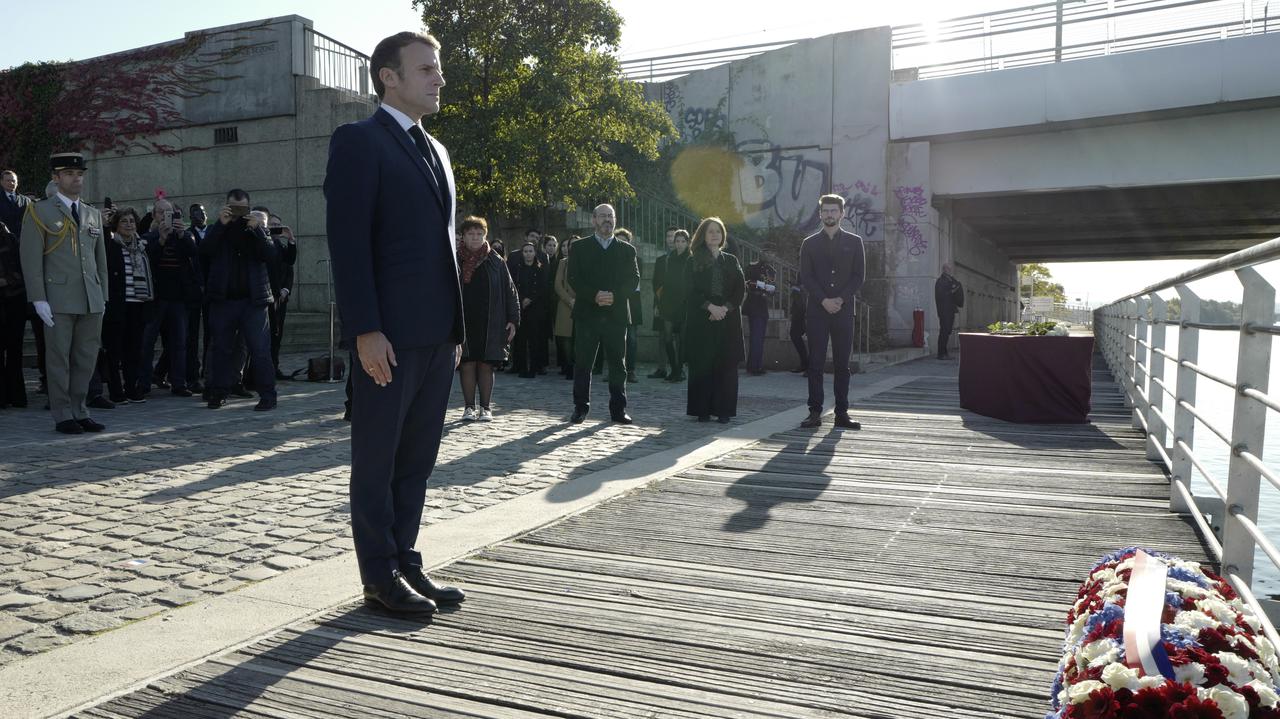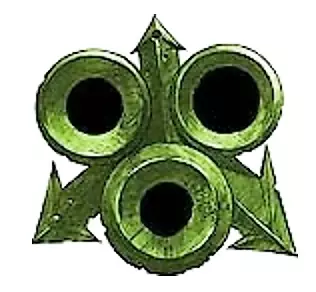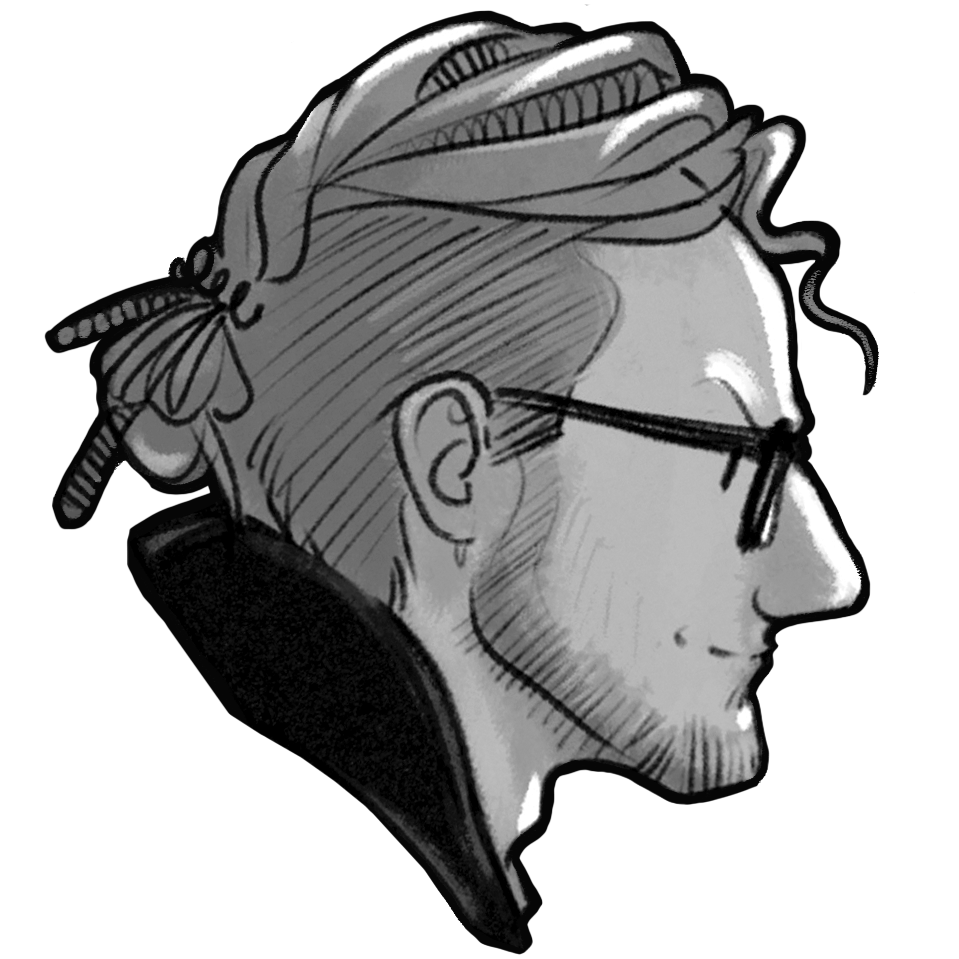Macron jako pierwszy prezydent uczestniczył w oficjalnej ceremonii upamiętnienia rocznicy masakry Algierczyków 17 października 1961 roku w Paryżu. Prezydent rozmawiał z krewnymi ofiar, składając im hołd nad brzegiem Sekwany, na wysokości mostu Bezons.
60 lat temu algierscy demonstranci protestowali przeciwko zakazowi opuszczania domów przez Algierczyków po godzinie 20.30. Tego dnia policja i służby brutalnie spacyfikowały demonstrantów, a ciała ofiar wrzucono do Sekwany.
“Prawie 12 tysięcy Algierczyków zostało aresztowanych i przeniesionych do obozów zorganizowanych na stadionie Coubertina, w Pałacu Sportu i innych miejscach” – napisano w komunikacie.
Wiele rodzin nigdy nie znalazło szczątków swoich bliskich. Liczbę zabitych w wyniku masakry historycy szacują na co najmniej kilkadziesiąt, a oficjalna liczba ofiar to zaledwie trzy.
Pamięta ktoś kawałek francuski rapowy który wspomina te wydarzenia? Tytuł luźno się tłumaczył jako apel poległych, były tam wspomniane walki rewolucjne itp z całego świata. Szukam go od paru lat. Był chyba wspomniany w zinie La Rage
z francuskiego rapu to tylko kojarzę Keny Arkanę
Może wrzuć pytanie do !musiczka@szmer.info
A tutaj obszerniejsze art. o tych wydarzeniach: [wer. ang] [wer. fra]
Nota bene wyimek:
"One character is central, not only to the October 17, 1961 massacre, but more generally to the French state’s history of violence from the 1940s to the 1980s: Maurice Papon. During the Nazi occupation of France, Papon held the position of General Secretary of the Bordeaux Prefecture and, as such, he facilitated the deportation of 1,600 Jews from the South of France to the camp of Drancy (Paris banlieue), before they were eventually deported to Auschwitz, where they were murdered. The trial for his participation in the Holocaust only happened in 1998, and after France’s Liberation, Papon was given numerous executive responsibilities, all connected to French colonialism and counter-insurgency — as such, we can think of him as a historical alter ego to Robert Bugeaud (often cited on this blog), who had been active on the counter-insurrection and colonial front both in France and Algeria in the 1830s and 1840s as the following list illustrates:
- 1945: Was put in charge of the vice-direction of Algeria at the Ministry of the Interior.
- 1946: Took part in the inter-ministry Commission on the French West Indies.
- 1949: Was named Prefect of Constantine (Algeria) for the first time.
- 1951: Occupied the position of General Secretary of the Paris Prefecture of Police.
- 1954: Was named General Secretary of the Morocco Protectorate.
- 1956: Returned to Constantine as IGAME (Prefect with extraordinary powers) to lead the counter-- insurrection against the anti-colonial movement in the Northeastern part of Algeria. In 1956 and 1957, records attest to the killing of 18,316 so-called “rebels” by the French colonial police and army, as well as 117,000 people “regrouped” into camps — see Samia Henni’s Architecture of Counterrevolution: The French Army in North Algeria, GTA, 2017."
[wyimek w skrócie: Maurice Papon, człowiek odpowiedzialny za zarządzanie tymi masakrami, w czasie IIWŚ był sekretarzem generalnym prefektury Bordeaux, gdzie organizował wywózkę 1600 osób z południowej Francji do obozu w Drancy (skąd trafiły do Oświęcimia).
Za udział w Holokauście został osądzony dopiero w 1998 roku.
Po wojnie rząd francuski powierzał mu inne ważne funkcje, zwykle związane francuskim kolonializmem i ruchem anty-wyzwoleńczym.]




